Aggregates—crushed rocks like granite, basalt, or limestone—are the backbone of construction, used in roads, bridges, and buildings. For medium-to-large projects (e.g., highway expansions, residential complexes), a 200TPH three stage crushing solution is the gold standard. This plant delivers consistent, high-quality aggregates by breaking raw rocks into usable sizes through three sequential crushing stages. Unlike single or two-stage setups, it handles hard, abrasive materials (like basalt) efficiently and produces uniform particles. Let’s explore how this plant works, its key components, and why it’s ideal for 200TPH aggregate needs.
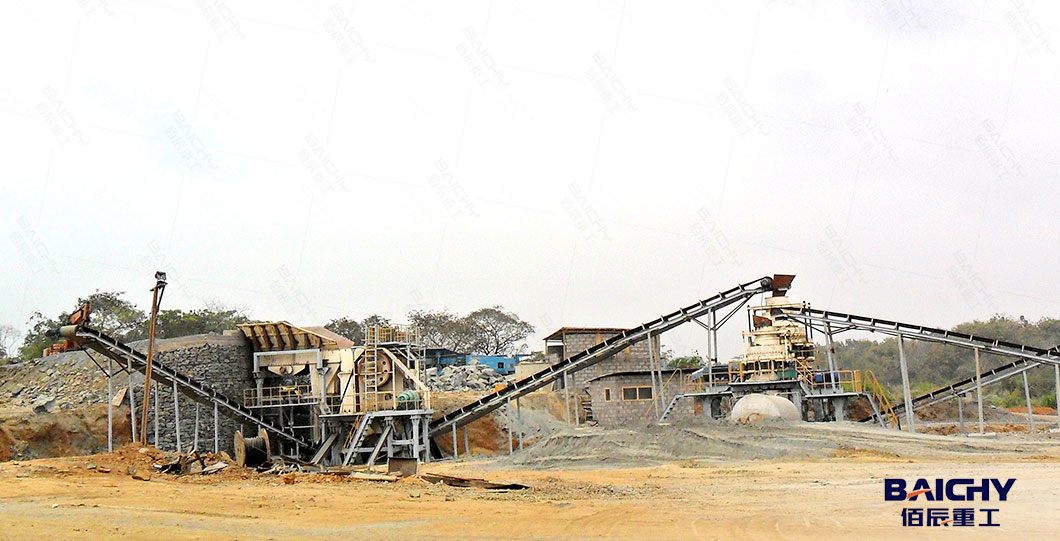
What is a 200TPH Three Stage Crushing Aggregates Plant?
A 200TPH three stage crushing plant is an integrated system designed to process raw rocks (up to 1.2m in size) into graded aggregates (5–80mm) at a rate of 200 tons per hour. The “three stages” refer to primary, secondary, and tertiary crushing—each targeting a specific size reduction goal:
● Primary crushing stage: Breaks large boulders into manageable chunks.
● Secondary crushing stage: Refines chunks into medium-sized aggregates.
● Tertiary crushing stage: Polishes aggregates into uniform, cubical shapes (critical for concrete and asphalt strength).
● This multi-stage design ensures minimal waste, high efficiency, and aggregates that meet global standards (e.g., ASTM C33, EN 12620).
Key Components of the 200TPH Three Stage Plant
Every piece of equipment is sized to handle 200TPH output and work in sync. Here’s the core setup:
The first stage uses a heavy-duty jaw crusher to tackle large rock boulders (up to 1.2m):
● How it works: A fixed jaw and a moving jaw squeeze rocks until they break into 150–200mm fragments.
● Why it’s ideal: Jaw crushers excel at hard materials (Mohs 5–8, like basalt) and have durable manganese steel jaws (last 6–8 months).
2. Stage 2: Secondary Crushing – Cone Crusher (CH440 or CS250)
After primary crushing, a cone crusher refines 150–200mm fragments into 50–80mm medium aggregates:
● How it works: A rotating cone presses rocks against a fixed “concave” (liner), using compressive force to break them.
● Key benefit: Produces semi-cubical particles and handles high volumes—perfect for 200TPH throughput.
3. Stage 3: Tertiary Crushing – Impact Crusher (PF 1315 of VSI 1140)
The final stage uses an impact crusher to turn 50–80mm aggregates into 5–30mm uniform, cubical particles:
● How it works: High-speed rotating impellers (1,800 RPM) strike rocks, shattering them into fine, angular pieces.
● Why it matters: Tertiary crushing improves aggregate quality—cubical shapes interlock better in concrete, boosting strength.
4. Screening & Conveying
● 4-Deck Vibrating Screen (4YK 2460): Separates aggregates into 4 grades (0–5mm, 5–10mm, 10–20mm, 20–30mm). Oversized material returns to the tertiary crusher.
● Belt Conveyors (B1000): 8–10 conveyors move material between stages, with adjustable speeds to match 200TPH output.
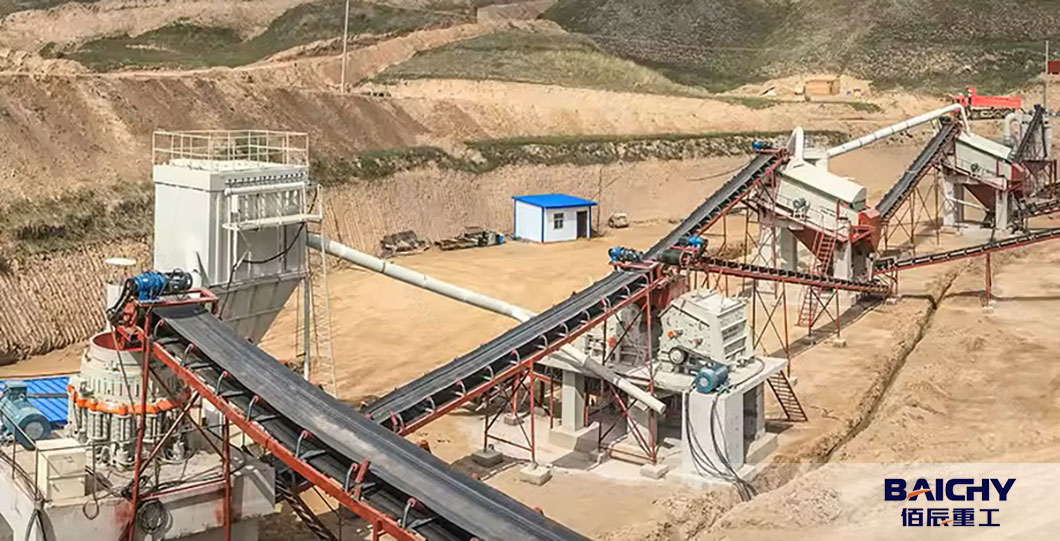
How the 200TPH Three Stage Plant Works (Step-by-Step)
The process is linear and efficient—no bottlenecks, just steady production:
● Feeding: A vibrating grizzly feeder sends raw rocks (from a stockpile) to the primary jaw crusher.
● Primary Crushing: Jaw crusher reduces rocks to 150–200mm.
● Secondary Crushing: Cone crusher refines material to 50–80mm.
● Tertiary Crushing: Impact crusher polishes 50–80mm aggregates into 5–30mm cubical particles.
● Screening: Vibrating screen sorts aggregates into 4 grades. Oversized pieces go back to the impact crusher.
● Storage: Graded aggregates are stored in silos for delivery to construction sites.
Benefits of the 200TPH Three Stage Crushing Solution
1. High-Quality Aggregates
Three stages ensure uniform particle size and cubical shape—critical for:
Concrete: Reduces voids, making concrete stronger and more workable.
Asphalt: Improves road durability and resistance to potholes.
2. Efficient for Hard Materials
Unlike two-stage plants (which struggle with basalt or granite), the three-stage design:
Uses jaw crushers for initial hard rock breaking.
Relies on cone crushers for mid-stage compression.
Finishes with impact crushers for shape refinement.
3. Cost-Effective
Low Waste: Screening and reprocessing mean >95% of raw rock becomes usable aggregates.
Energy Efficiency: Each stage only handles the size it’s optimized for, cutting energy use to 35–45 kWh/ton.
4. Scalable & Flexible
Adjust the tertiary crusher to change aggregate sizes (e.g., 10–20mm for concrete, 20–30mm for road bases).
Add a sand washing machine if you need ultra-clean aggregates (e.g., for precast concrete).
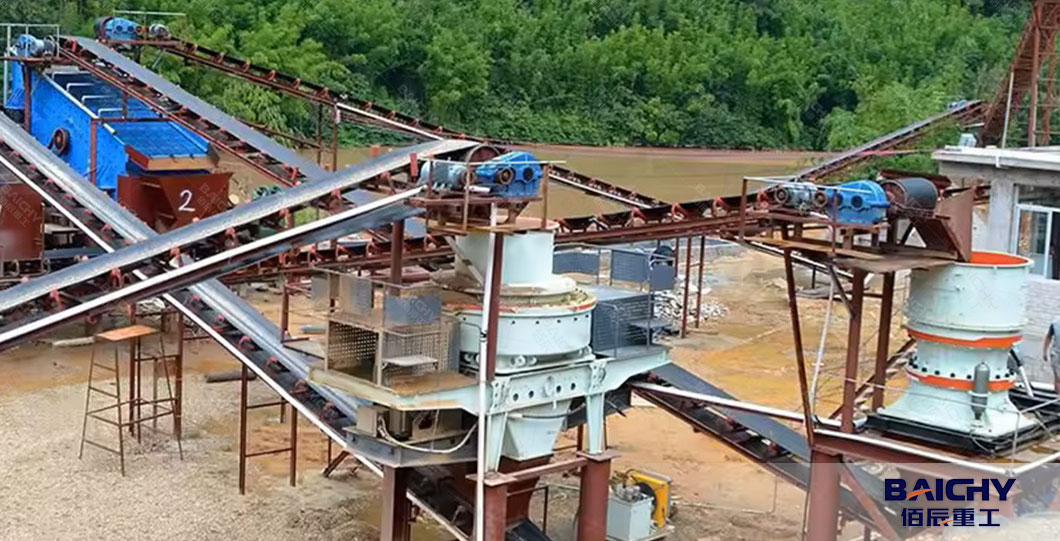
The 200TPH three stage crushing solution is a reliable, efficient choice for aggregate production. Its multi-stage design handles hard materials, produces high-quality aggregates, and meets 200TPH demand—perfect for medium-to-large construction and quarry operations. By investing in this plant, you get consistent output, lower costs, and compliance with environmental standards. Henan Baichy Machinery Equipment Co., Ltd. is a mining machinery manufacturer integrating R&D, production and sales. Stone crusher is one of its core production equipment. It has mature technology and processes, complete models and configurations, and technical engineers can tailor production line configuration plans for you. If you are interested in the stone crusher, please click on the online consultation to get solution and price now. Baichy Machinery is dedicated to serving you 24 hours a day!







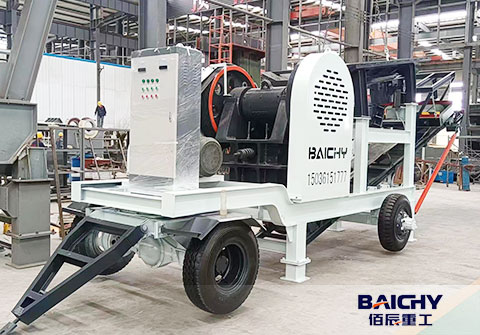
 2025-11-22
2025-11-22

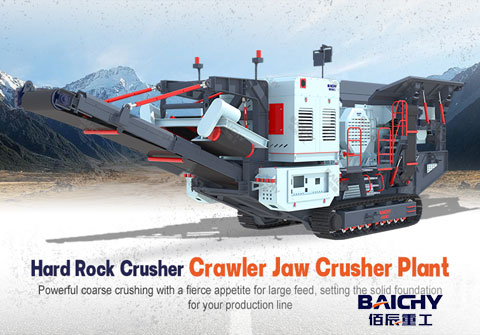
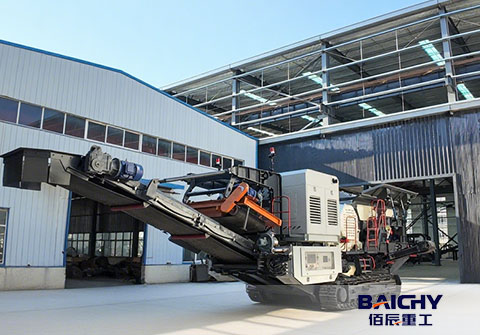

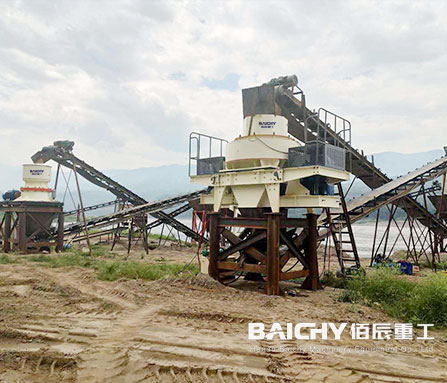
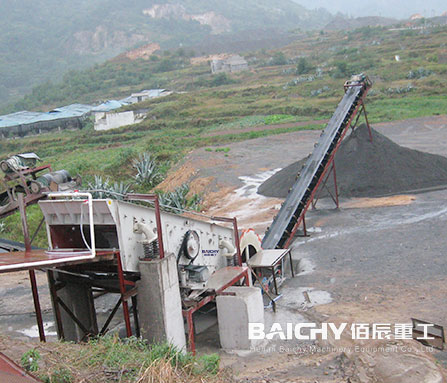
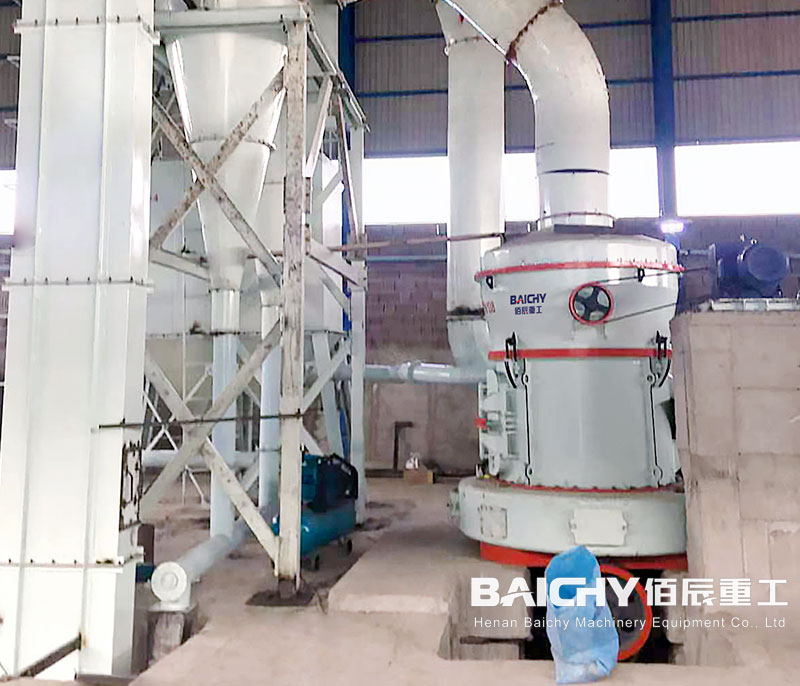














 86-15093113821
86-15093113821
 86-15093113821
86-15093113821

